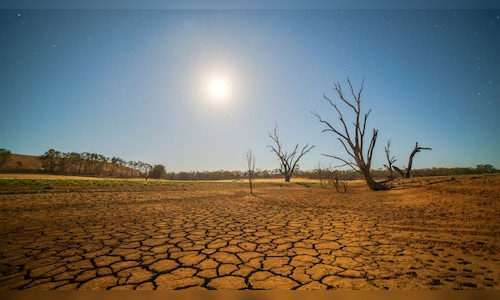
Climate change is no longer a distant threat—it is a present and pressing reality. Time and again, it reminds us of the existential dangers reshaping our planet. From melting glaciers and rising sea levels to record-breaking temperatures and increasingly erratic weather patterns, Earth’s ecosystems have undergone alarming and unpredictable transformations throughout their long history. According to the United Nations, climate change is the long-term shift in global temperatures and weather patterns, which is natural, but the major driving force behind it is human activities. As we continue to burn fossil fuels such as coal, oil, and gas, greenhouse gases are released into the atmosphere, forming a blanket around the planet. This blanket traps the Sun’s heat, causing Earth’s temperature to rise. Data shows that fossil fuels are responsible for over 75% of global greenhouse gas emissions. Here we take a look at how climate change is transforming our planet: (Image: Shutterstock)
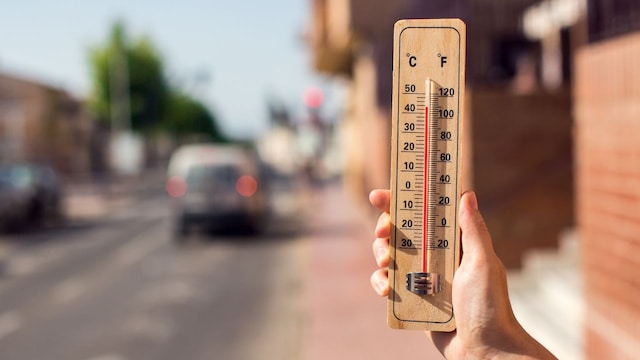
High average temperatures | As per the Intergovernmental Panel on Climate Change (IPCC), the average temperature on Earth has increased by 1.1 degrees Celsius since the preindustrial era, which began about 250 years ago. This does not stop here, as scientists have warned that it might reach 4 degrees Celsius by 2100 if we don’t act today. The rise in average temperature is the reason why people in India and several other countries are witnessing a shorter winter season. (Image: Shutterstock)
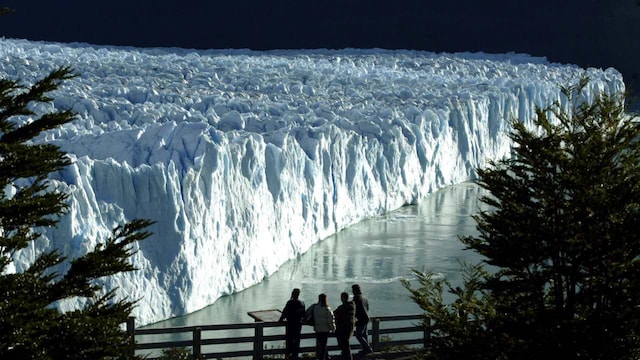
Melting glaciers and rising sea level | The glaciers that used to stand tall as the towering symbols of the planet’s icy past are melting rapidly now. Scientists have predicted that the melting sea ice and glaciers can significantly increase the sea levels to as high as 6.6 feet towards the end of this century if people do not restrict emissions, the Natural Resources Defence Council (NRDC) states. The severity of the situation can be understood by the claim that the Arctic might become entirely ice-free during the summer in a few years from now. (Image CNBCTV18.com file)
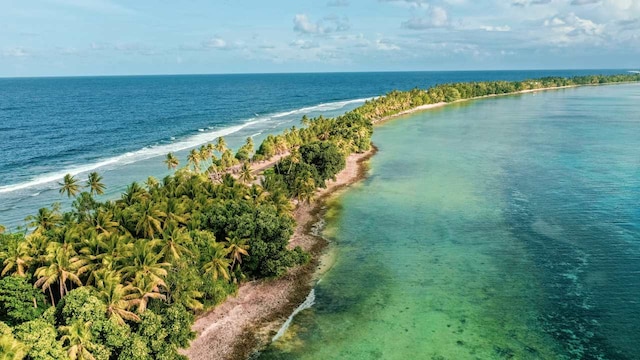
Warming oceans | The ocean, which absorbs most of the heat from global warming, is warming up across all depths. More and more carbon dioxide in it can make the water acidic and endanger coral reefs and marine life. Also, the melting ice can increase sea levels and directly threaten coastal communities across the globe. (Image Shutterstock)
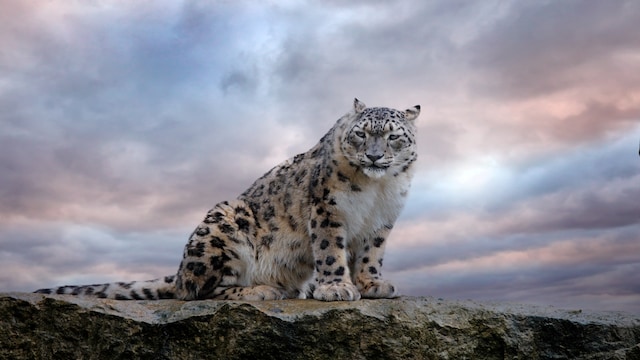
Loss of species | The survival of species, both on land and in water, is directly linked to climate change. Due to the changes in weather conditions, the Earth is losing several species at a drastic rate. “One million species are at risk of becoming extinct within the next few decades,” the UN states. This is mainly because not all species can relocate and survive in all weather conditions. (Image: Shutterstock)
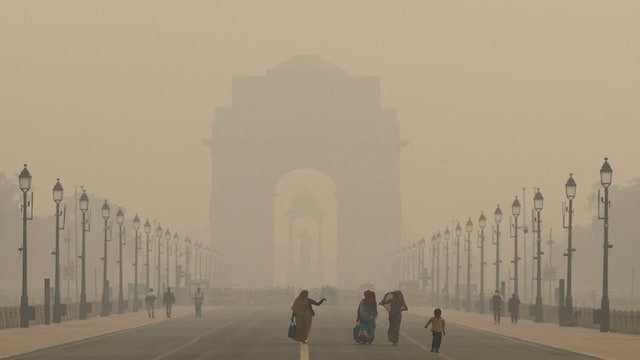
Air quality | The air quality, a major concern across several Indian cities, including the national capital, worsens with changes in the weather patterns. This exposes humans and animals to hazardous smoke that can harm our health. It is a major curse for those who are already battling illnesses like asthma and heart disease. (Image: Reuters)

Health risks | Amid warm temperatures, insect-borne diseases such as malaria and Zika become more prevalent. UN data indicates that nearly 13 million people die every year, with environmental factors playing a major role in it. Shifting weather patterns are contributing to the spread of diseases, increasing mortality rates, and placing a growing strain on healthcare professionals worldwide.
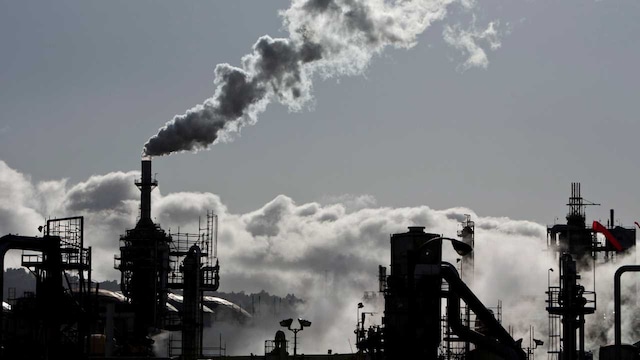
Displacement | Amid growing food and water shortages, economic instability, and rising sea levels, climate change has become a major driver of displacement. Several factors contribute to this crisis: homes are being destroyed, soaring temperatures make outdoor work increasingly difficult, water scarcity disrupts agriculture, and floods frequently wash away slums in urban areas. (Image CNBCTV18.com file)
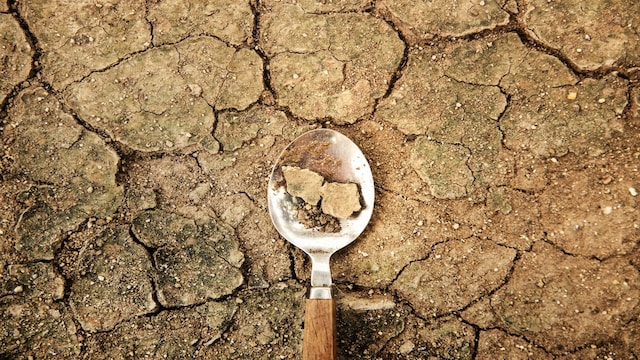
Food shortage | There has been an increase in hunger and poor nutrition data across the globe, with climate change and extreme weather events playing a big role in it. It is crucial to note that a hike in food prices and its shortages do not affect every person equally, as wealthy people have more options to access food, but such is not the case with poor people. (Image Reuters)
